
Automation is the escape ticket?
According to economic experts, in the context of globalization and the fourth industrial revolution, many Vietnamese enterprises are facing a decisive crossroads, either continuing to follow the traditional path and facing the risk of falling behind, or proactively "accelerating" towards a digital - green - smart business model. This choice is not only a simple business strategy but also a "survival" requirement to maintain its position in the global supply chain.
Automation, once considered an alternative to labor, has now become an indispensable stepping stone for businesses to "set sail" in the global market, towards a sustainable and low-emission economy.
According to economist Nguyen Tri Hieu, Vietnam - an economy on the path of strong growth but facing increasing labor costs, supply chain risks and increasing environmental pressure. That is forcing businesses to consider digital transformation, automation and green development as "vital requirements". Early grasp of this trend not only contributes to improving competitiveness but is also a way to "score points" with customers, partners and the international market, especially when ESG (Environment - Social - Governance) standards are becoming a measure of value.
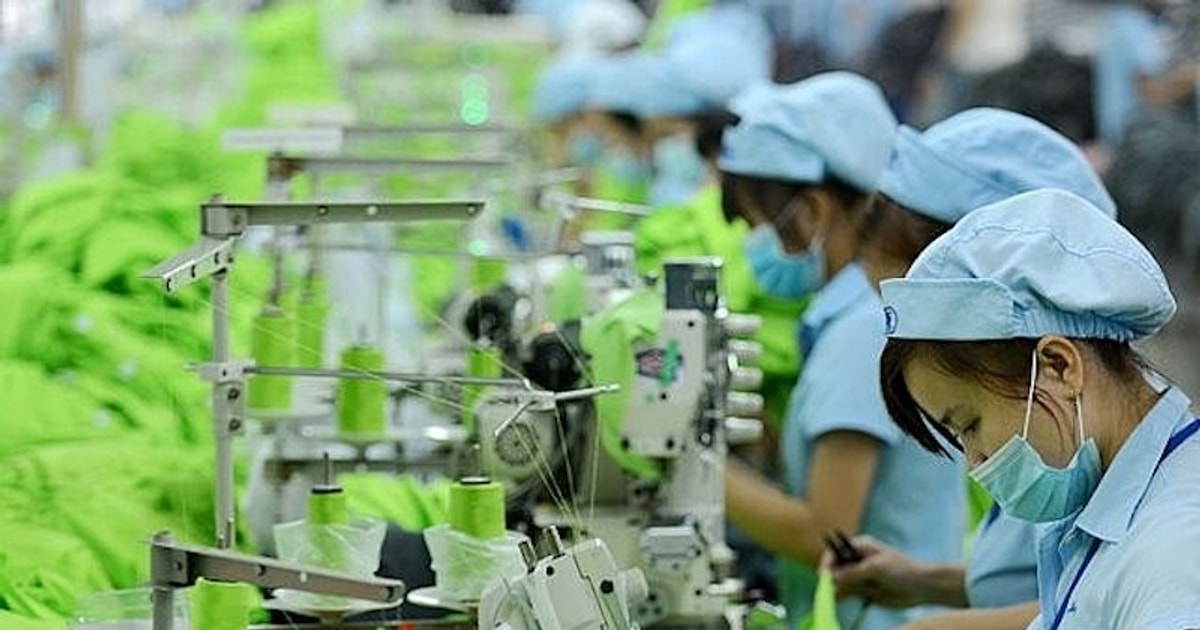
Vietnamese businesses have many advantages to enter the 4.0 journey and green transformation.
In fact, the trend of automation and green development is going hand in hand, creating a wave of dual transformation in the hearts of Vietnamese enterprises. According to Mr. Nguyen Van Toan, Vice President of the Association of Foreign Investment Enterprises (VAFI), in the context of a strong global transformation, Vietnam continues to be considered a bright spot in terms of growth and investment attraction, but to realize the goal of becoming a developed, green and comprehensively digitalized economy in the coming decades, enterprises need to proactively innovate, and importantly, there must be strong support from the Government .
According to Mr. Toan, Vietnamese enterprises have many advantages to enter the 4.0 journey and green transformation. Firstly, the State's support policies towards innovation, supporting industry development, and digital infrastructure have been promoted. The Government has made strong commitments at COP26 on the target of net zero emissions by 2050, creating a legal corridor and policy momentum forcing economic sectors to transform. Secondly, young, dynamic human resources, ready to absorb new technology are important advantages. Thirdly, deeper integration into global value chains through free trade agreements (FTAs) helps Vietnamese enterprises have the conditions to upgrade and participate in smart manufacturing models.
In particular, from the business and market perspective, investing in smart automation helps businesses significantly reduce labor costs, especially in the context of rising labor costs, while improving product quality by minimizing errors caused by human factors. At the same time, green development, such as the use of renewable energy, reducing carbon emissions, applying circular economy and optimizing logistics... not only complies with sustainability requirements but also opens up many attractive capital access channels. Banks and investors now prioritize investing in projects that meet ESG criteria, making "green finance" a new source of competitiveness.
Notably, Mr. Nguyen Quang Vinh, Vice President of VCCI and Chairman of the Vietnam Business Council for Sustainable Development (VBCSD), said that green transformation is no longer an option but a must. "We are no longer in the position of just processing or rudimentary production, Vietnamese enterprises can completely become a link with higher added value in the global chain if they make good use of automation and green development," Mr. Vinh emphasized.
Furthermore, with mechanisms such as the European Union's (EU) Carbon Border Adjustment Tax (CBAM) coming into effect, if Vietnamese goods do not meet green standards, the risk of being eliminated from major markets is very real. This turns the challenge into a driving force for Vietnamese businesses to innovate immediately. "Currently, many businesses in Hanoi have implemented a dual transformation, bringing robots into production positions to fully synchronize based on digital technology , while positioning the brand as a pioneer in sustainable development. For example, some pioneering businesses such as Rang Dong Light Bulb and Vacuum Flask Joint Stock Company are proof of the success of this combination model," said a representative of the Hanoi Association of Small and Medium Enterprises.
Green Road – Bumpy Road: When 'bread and butter' is not enough for the new journey
Despite the wide-open opportunities, the path to green-digital transformation is not smooth, especially for small and medium-sized enterprises (SMEs), which account for a large proportion of the Vietnamese economy. According to the Vice President of VCCI, the issue of technological capacity and human resources is still the biggest barrier. The results of a recent survey conducted by the Private Economic Development Research Board show that a large proportion of enterprises, more than 60%, are not really ready for green transformation. Many SMEs still use outdated traditional machinery, lack long-term investment plans in automation, and especially lack personnel with enough skills to operate smart systems, especially in a digital and big data environment.
According to Mr. Pham Van Thinh, General Director of Deloitte Vietnam, the problem for Vietnam when carrying out green transformation and sustainable development is the need for a highly skilled workforce. It can be seen that, "in addition to "bread and butter", that is, financial resources, the need to shift the workforce is one of the three biggest challenges that businesses face when making green transformation", Mr. Thinh emphasized.
In addition, high initial investment costs and technological risks make businesses hesitate. Applying automation, converting to renewable energy, or investing in environmental management systems requires large capital, while profits may not be immediately visible. In a volatile market context, businesses are often reluctant to change because of fear of production instability and technological risks, especially the lack of long-term capital and flexible green financial mechanisms.
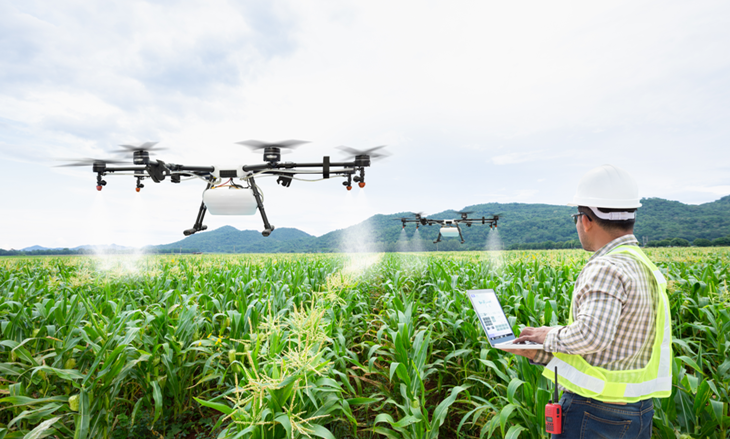
Green, energy-saving and emission standards need to be synchronous and widely disseminated.
In addition, the institutional and infrastructure environment is not yet synchronized. The current legal environment, digital infrastructure, and supply chain are not yet fully ready for the 4.0 and green business model. The connection between the state - enterprises - vocational schools - technology suppliers is sometimes not in sync. Green, energy saving, and emission standards are also not yet synchronized and widely disseminated, leading to confusion in business implementation. Mr. Toan frankly pointed out that Vietnam still has a very large gap between determination and implementation. We have committed to Net Zero 2050, but the long-term, medium-term, and short-term roadmap needs to be concretized with more detailed policies and action plans.
Breaking barriers, paving the way for Vietnamese businesses
To address the above bottlenecks, experts recommend that businesses choose a clear two-step strategy and must have synchronous support from the ecosystem. The first step is to build a platform, including digitizing management processes, upgrading labor quality, and developing data infrastructure. The next step is to expand, automate further, develop green models, and actively participate in the global value chain.
On the part of the State and the supporting ecosystem, it is necessary to promote training of human resources in digital technology and green skills, and at the same time establish a financial support mechanism for green and automated investments, especially for SMEs through preferential credit packages, tax reductions, or support for access to international green finance funds. More clearly, there is a need for model programs for "green 4.0 enterprises" to spread and replicate successful models, which can be linked to support funds or tax incentives to encourage businesses to transform. Completing digital infrastructure, developing data centers, and connecting green supply chains need to be considered "national projects" so that businesses can gain competitive advantages from a common platform.
According to Dr. Nguyen Tri Hieu, the acceleration is not only limited to heavy industry, but also services, logistics, e-commerce, and supply chains. For example, logistics enterprises can optimize transportation routes, use artificial intelligence (AI) for forecasting, robots for packaging, and green energy systems to reduce fuel consumption. Enterprises that do well initially will have a "leading effect", spreading the model to suppliers and partners, thereby creating a large "4.0 - Green" ecosystem, helping the Vietnamese economy "change its fortunes" successfully in the new era./.
Source: https://vtv.vn/doanh-nghiep-viet-song-con-trong-lan-song-xanh-toan-cau-100251113151908343.htm


![[Photo] Prime Minister Pham Minh Chinh meets with representatives of outstanding teachers](https://vphoto.vietnam.vn/thumb/1200x675/vietnam/resource/IMAGE/2025/11/15/1763215934276_dsc-0578-jpg.webp)



![[Photo] General Secretary To Lam receives Vice President of Luxshare-ICT Group (China)](https://vphoto.vietnam.vn/thumb/1200x675/vietnam/resource/IMAGE/2025/11/15/1763211137119_a1-bnd-7809-8939-jpg.webp)



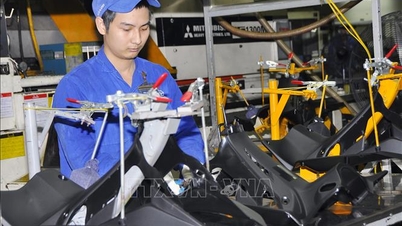

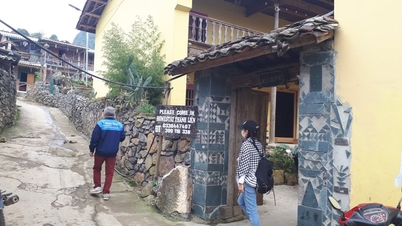


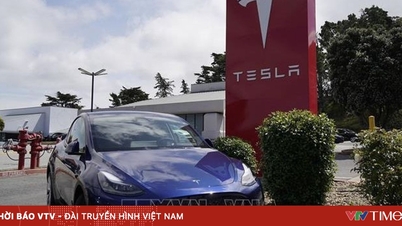



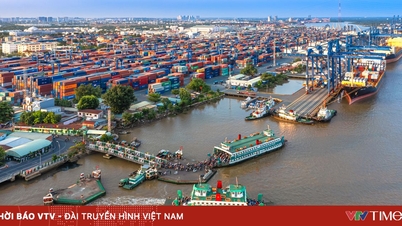
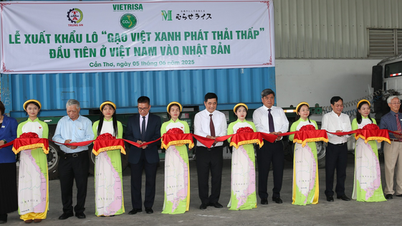


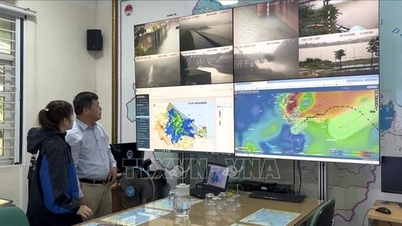





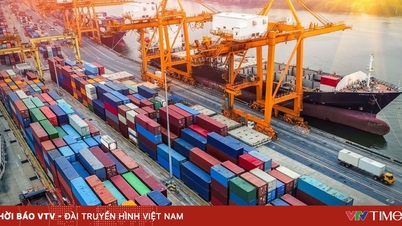

















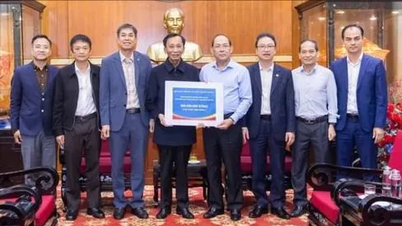





























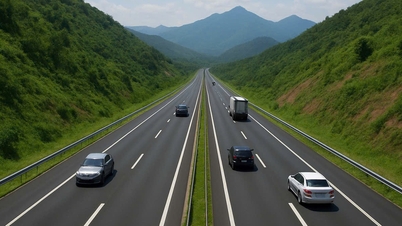






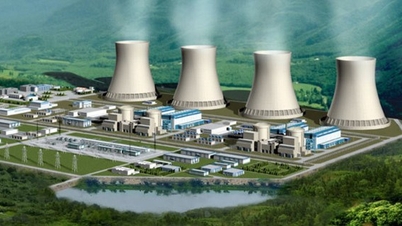









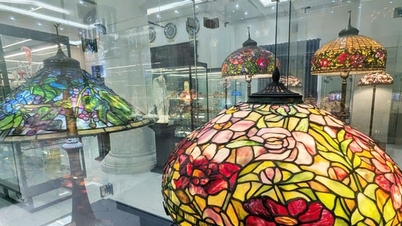













Comment (0)